Adjustable bales length and bales quantity accumulating function make the operation of the machine more convenient.Automatically detect and show the errors of the machine which improve the machine inspection efficiency.International standard electric circuit layout,graphic operation instruction and detailed parts marks makes the operation been more easily understanding and improves the maintenance efficiency.
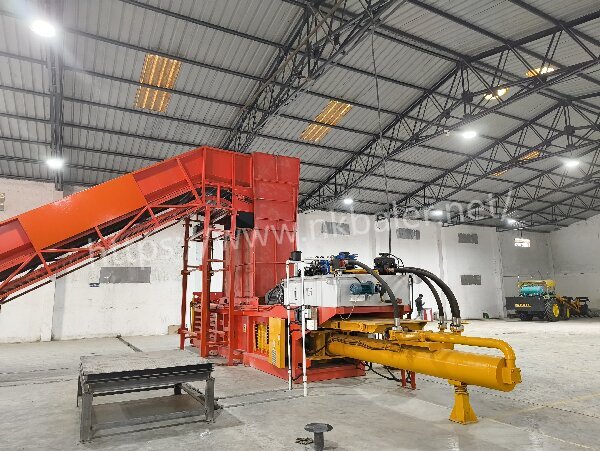
Independent Produce(Nick Brand ),It can automatically inspection feed,it can press to front and each time and available for manual bunch onetime automatic push bale out and so on process.Horizontal hydraulic baler is mainly suitable for waste paper,plastics,cotton, wool velvet, waste paper boxes, waste cardboard,fabrics,cotton yarn,packaging bags, knitwear velvet, hemp , Sacks, siliconized tops, hair balls, cocoons,mulberry silk, hops, wheat wood, grass, waste and other loose materials to reduce packaging.
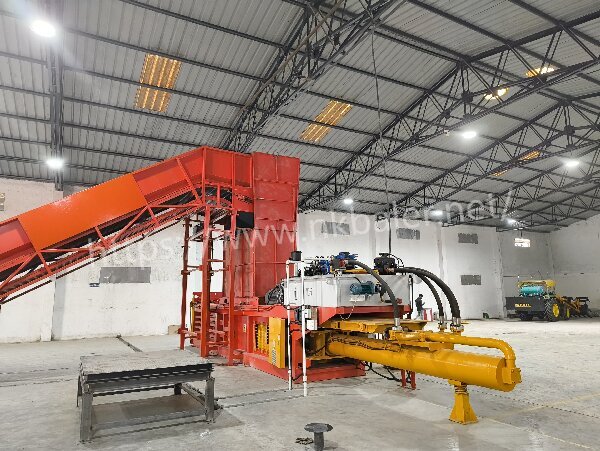
Usage:Specially used for recycling waste paper,cardboard box,corrugated paper baling machine.Features:This machine uses the hydraulic transmission,with two cylinder operate, durable and powerful.It uses the button common control which may realize the many kinds of work way.The machine working pressure traveling schedule scope can be adjusted according to the material balesize.Special feed opening and automatic output package of equipment.The Pressure force and packing size may design according to customers requirement.
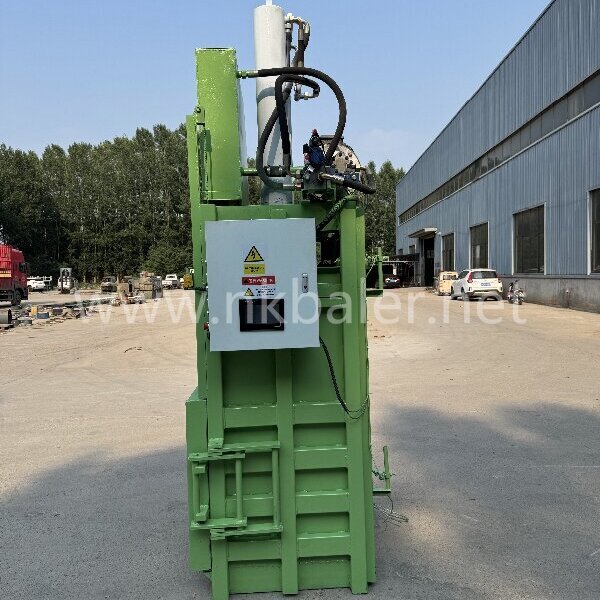
Remote Troubleshooting:Use video calls or manuals with error codes to diagnose issues like hydraulic leaks or unresponsive levers. Simple fixes (e.g., airlocks in pumps) can often be resolved remotely.Preventive Maintenance Plan:Schedule biannual inspections for hydraulic systems, welding joints, and safety locks. Replace worn parts proactively.
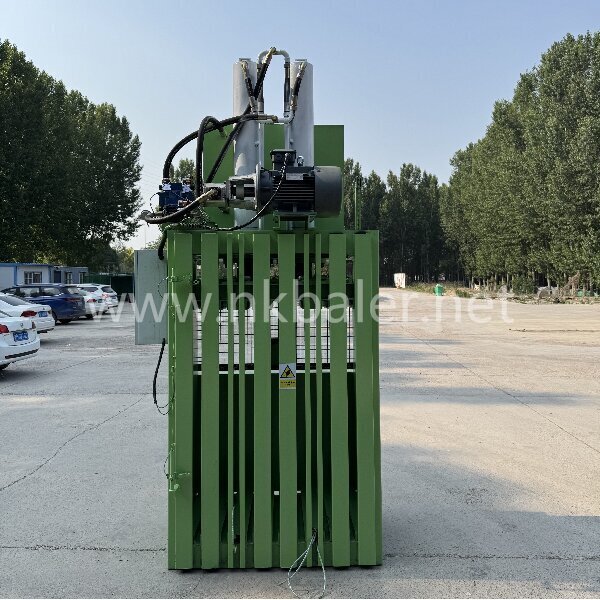
Main advantages: Large capacity: Horizontal balers are suitable for large-scale production and operation sites, mainly for large-scale waste paper recycling and processing.Save space: Accumulated waste paper will take up a lot of space. Waste paper balers can handle waste paper accumulation problems in a short time and maximize space utilization.Reduce manpower: The input of manpower is greatly reduced, which is more convenient. By minimizing the amount of waste and labor, these balers can reduce operating expenses.
Environmentally friendly: Recycling waste paper reduces landfill use and supports sustainability efforts.In summary, the horizontal waste paper baler is a powerful, efficient recyclable material management tool that provides cost savings, space efficiency and environmental benefits.
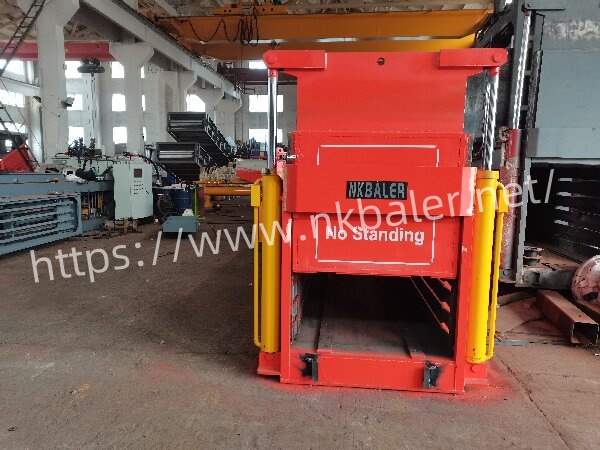
Email:info@nkbaler.com Nickbaler888@gmail.com
WhatsApp: 008615021631102

